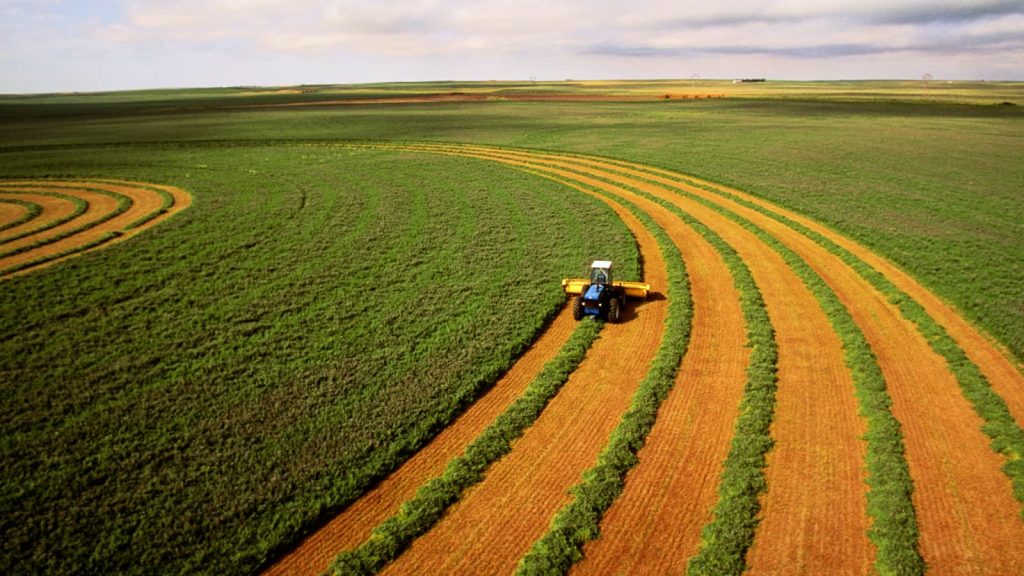In the heartland of innovation, a technological revolution is quietly taking root, transforming the age-old practice of farming into a precise and data-driven endeavor. The catalyst for this seismic shift is the advent of cutting-edge software tailored for agriculture, meticulously crafted and rigorously tested in laboratories. This convergence of agronomy and technology is aptly named Precision Agriculture and its impact is nothing short of revolutionary. At the core of this transformative wave is a suite of sophisticated software solutions that harness the power of big data, artificial intelligence and the Internet of Things (IoT). These tools are meticulously designed to cater to the unique challenges faced by modern farmers, addressing issues ranging from resource optimization to crop health monitoring. Through the lens of precision agriculture, fields are no longer just expanses of land; they are dynamic ecosystems where every square meter is scrutinized and managed with unprecedented precision.

Laboratory testing plays a pivotal role in the development of these software solutions. The marriage of agronomy and software engineering in controlled environments enables developers to fine-tune algorithms and validate models, ensuring that the digital tools align seamlessly with the complexities of the agricultural landscape. These lab-tested software solutions are not mere accessories; they are the brains behind an agricultural renaissance, enabling farmers to make informed decisions based on real-time data, predictive analytics and historical trends. One of the key breakthroughs offered by precision agriculture software is the ability to optimize resource usage. Through advanced sensors and satellite imagery, farmers can monitor soil health, moisture levels and crop conditions in real-time. This granular level of insight empowers them to precisely tailor irrigation, fertilization and pesticide application, minimizing waste and environmental impact. The result is not just increased efficiency but a sustainable farming model that respects both the land and its finite resources.
Furthermore, precision agriculture software acts as a sentinel for crop health. Early detection of diseases, pests or nutrient deficiencies is made possible through the continuous monitoring of plant parameters. The software can analyze subtle changes in vegetation patterns and alert farmers to potential issues, allowing for targeted interventions and preventing the escalation of problems that could lead to significant yield losses. The software revolution does not stop at the field’s edge. It extends to the entire farming ecosystem, including supply chain management, market forecasting and compliance tracking. This comprehensive approach ensures that the benefits of precision agriculture are not confined to individual farms but resonate throughout the agricultural sector. As the sun sets on traditional farming practices, precision agriculture, go here to learn more fueled by lab-tested software, emerges as the beacon guiding the industry into a new era. It is not just about improving yields; it is about cultivating a sustainable future where technology and agriculture work hand in hand to feed a growing global population while safeguarding the environment. The fields are no longer just sown with seeds; they are cultivated with algorithms, ushering in a golden age for farmers and consumers alike.